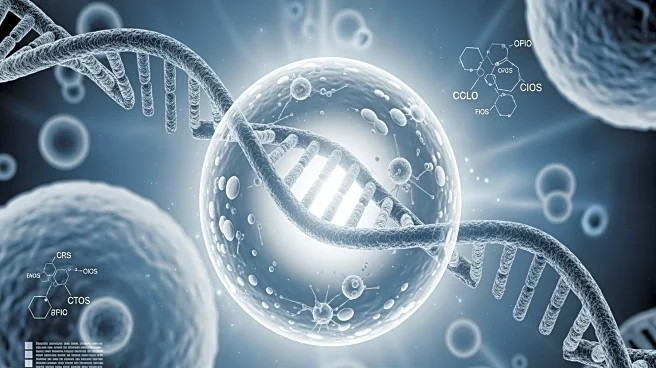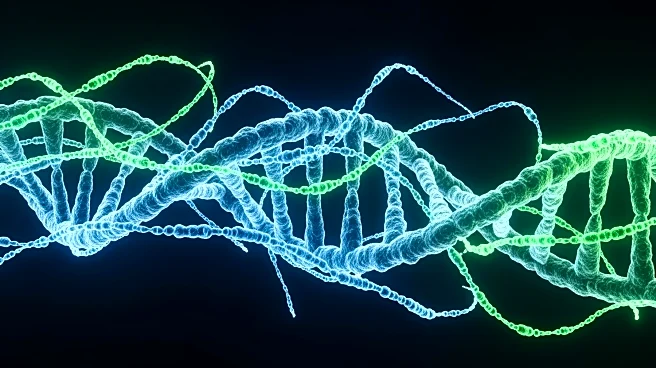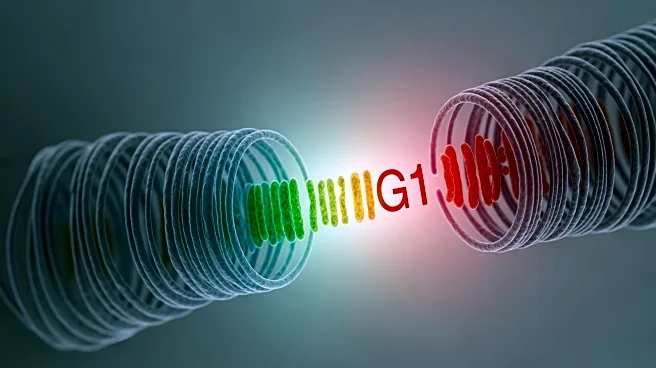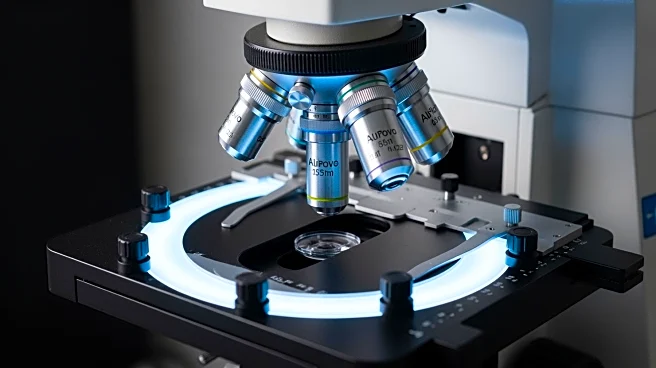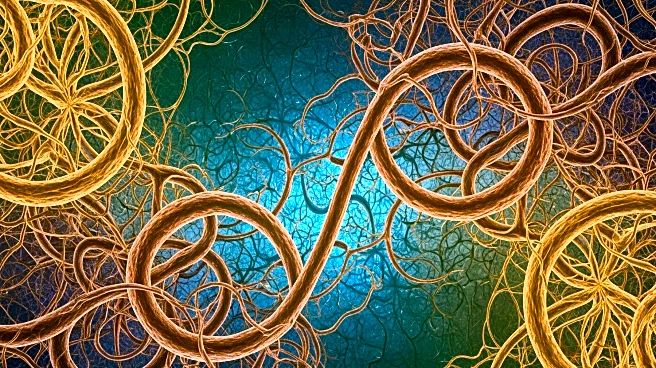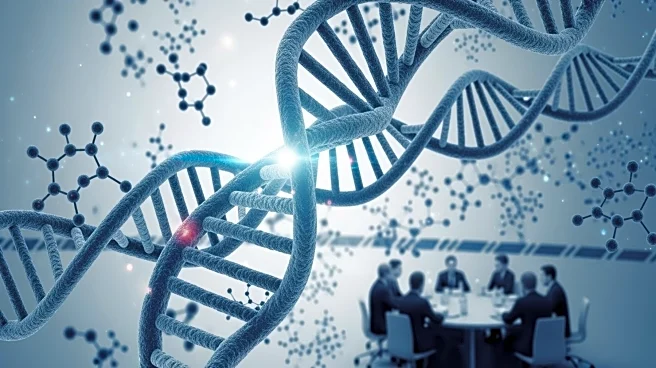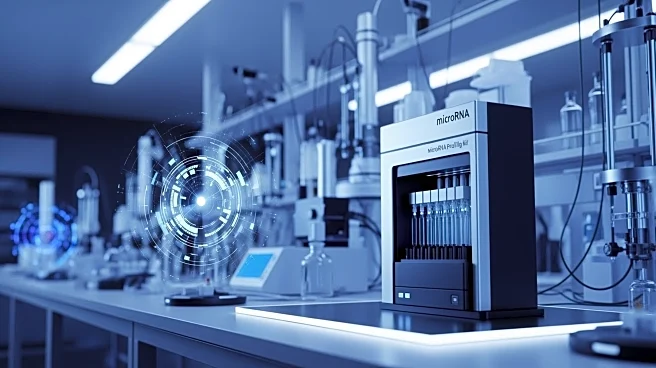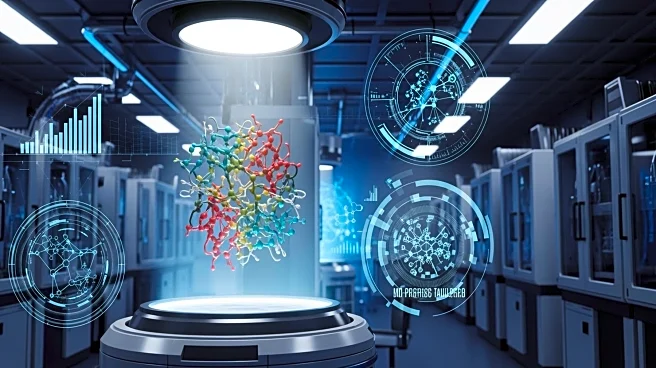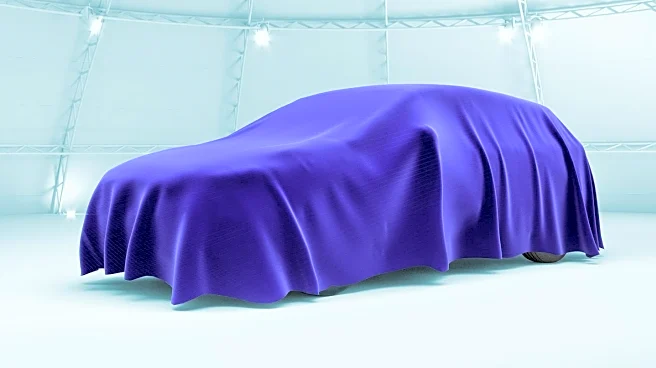What's Happening?
A study led by MIT researchers has discovered that the genome maintains its 3D structure during cell division, contrary to previous beliefs. Using a high-resolution genome mapping technique called Region-Capture
Micro-C (RC-MC), the team found that small 3D loops connecting regulatory elements and genes persist throughout mitosis. These loops, known as microcompartments, become more prominent as chromosomes compact during cell division. This finding challenges the long-held view that the genome loses its structure during mitosis and only regains it afterward.
Why It's Important?
This discovery has significant implications for understanding gene regulation and cellular processes. The persistence of 3D genome structures during cell division suggests that cells retain a 'memory' of regulatory interactions, which could influence gene expression patterns. This insight could lead to advancements in biotechnology and medicine, particularly in areas related to cell growth and cancer research. By revealing the continuous nature of genome organization, the study provides a new perspective on how genetic information is managed and transmitted during cell division.
Beyond the Headlines
The study's findings may explain the spike in gene transcription observed near the end of mitosis, a phenomenon previously thought to be absent during cell division. The presence of microcompartments could facilitate transient transcriptional activity, which is then regulated as the cell completes division. This understanding of genome dynamics could inform future research on cellular differentiation and development, offering potential pathways for therapeutic interventions in genetic disorders.
